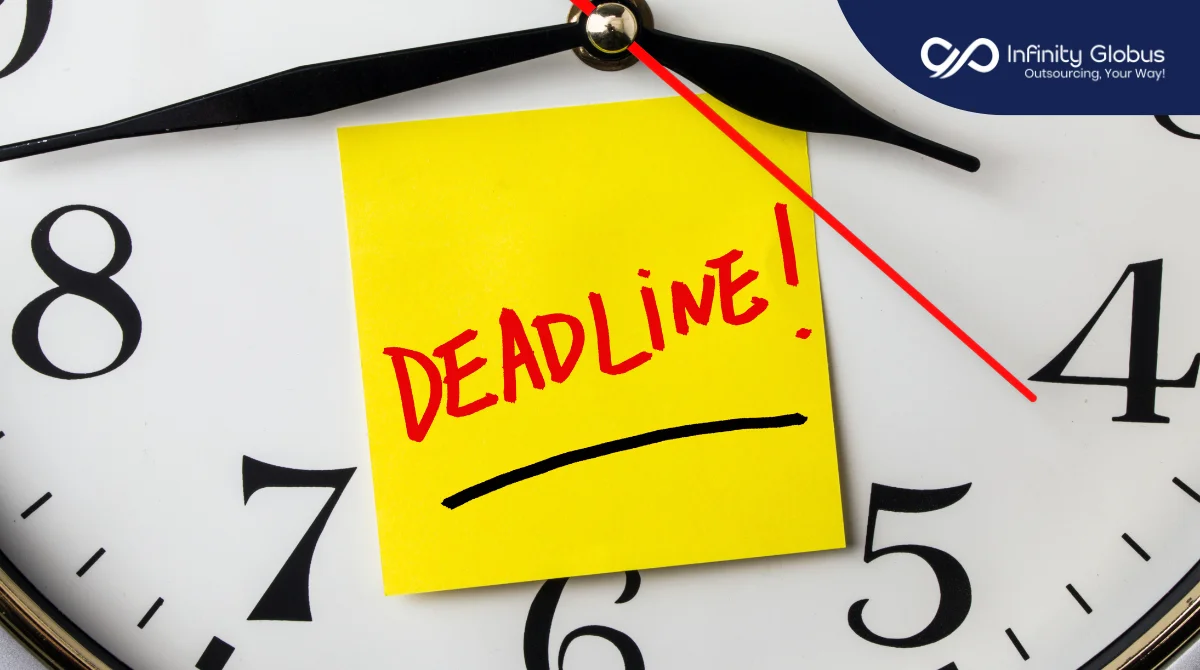
 Infinity Globus
Infinity Globus
 28 Jul 2021
28 Jul 2021
A critical deadline is approaching for many of the businesses and nonprofit organizations that have received loans under the Paycheck Protection Program (PPP).
PPP Basics

Forgiveness Filings
Act Now
We know organizations nearly always have a lot on their plates, so it’s not surprising that some might not have been laser-focused on the various dates relevant to their PPP loans. Now is the time to ensure that you file your forgiveness application in a timely manner and have the necessary documentation gathered to survive the SBA audit that may follow. Our advisors can help. Reach out to our team to discuss your loan, your stage in the forgiveness process, and how we can get your organization ready to face the next stage in your recovery.




